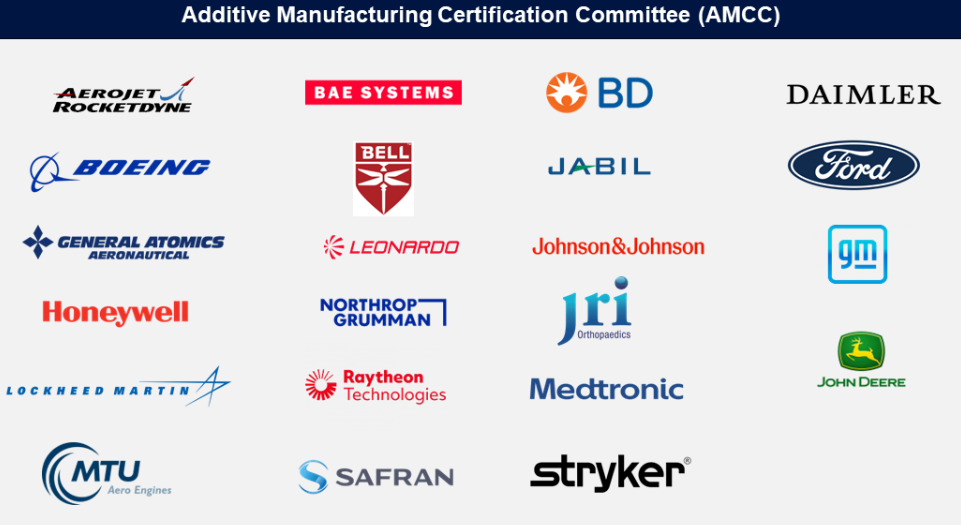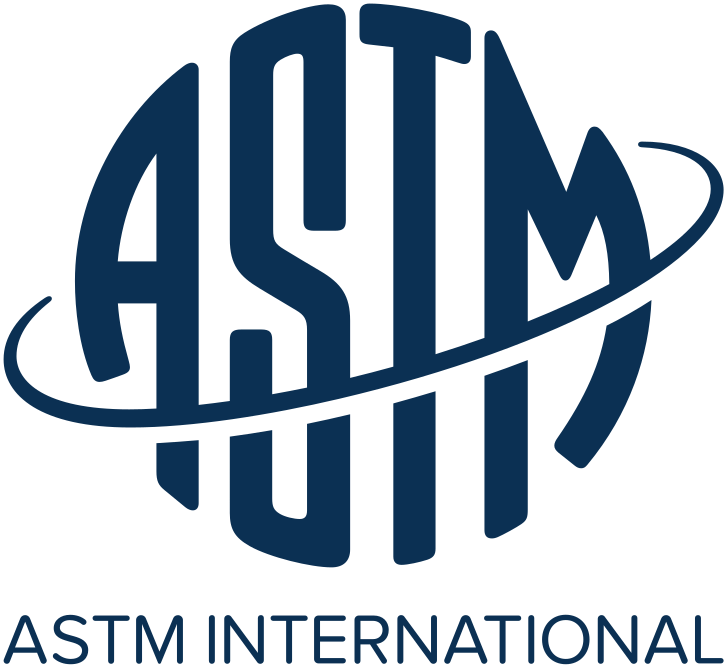Join the Expert Committee for the 2024 3D Printing Industry Awards to help select the winners!
In alliance with industry leaders, ASTM International’s Additive Manufacturing Center of Excellence (AM CoE) has launched the Additive Manufacturing Certification Committee (AMCC).
Consisting of 23 members, the founding committee includes major companies like Ford, Johnson & Johnson (J&J), and Lockheed Martin, with a comprehensive list available on the AMCC website.
Under ASTM guidelines, this committee is formed by representatives from industries using AM. Its goal is to establish standardized audit criteria for evaluating AM supply chain reliability. By bringing together key players from various sectors, the committee seeks to develop audit standards aligned with international benchmarks and proven industry methods
Over the past year, members from the aerospace, defense, medical, and transportation sectors have collaborated to create standardized requirements for qualifying AM facilities. The first version of these criteria is now in its final stages of completion.
“The work of the AMCC enables a better understanding of the capabilities of additive manufacturing suppliers amidst the rapid growth of providers in this technology area,” says Melissa Orme, vice president of additive manufacturing at The Boeing Company.

Building a strong foundation for AM
Through the AMCC initiative, ASTM International aims to advance the field of additive manufacturing by uniting industry leaders to establish robust and reliable supply chains.
The AMCC’s involvement in various industries guarantees that best practices from multiple sectors are integrated into the qualification and certification of AM parts. Developed audit criteria are crafted to address cross-industry requirements, enabling organizations to use them for both supplier qualification and internal AM facility assessments.
Establishing certification criteria is a challenging and time-consuming process that demands substantial investment. Nevertheless, it is anticipated to yield significant advantages for both individual companies and the industry at large, says Eddie Kavanagh, Senior Principal Engineer at J&J. The AMCC holds the responsibility for crafting, implementing, and maintaining these audit criteria, as well as overseeing the certification program.
The ASTM AM CoE is offering a series of certification programs that align with the AMCC’s goals which include the Additive Manufacturing Quality Certification (AMQC) for process quality assurance. Additionally, these programs also include Additive Manufacturing Operator Certification (AMOC) for metal laser powder bed fusion (LPBF) machine operators. To ensure safe and compliant facilities, the programs will also offer the Additive Manufacturing Facility Safety Certification (AMFSC).

Why are AM certifications important?
Standardizing AM certifications ensures consistent quality, safety, and interoperability across technologies, which boosts market confidence and regulatory compliance. It also promotes innovation and reduces costs by simplifying testing processes and facilitating international trade.
Realizing the importance of these certifications, ASTRO America teamed up with aerospace giants GE, Honeywell, and Pratt & Whitney, to streamline the onboarding process for small 3D printing vendors. Supported by the Office of the Under Secretary of Defense, Research and Engineering (OUSD(R&E)) and managed through America Makes, the initiative seeks to create a standardized AM qualification template.
This template will unify diverse qualification processes across aerospace manufacturers, reducing complexity for small suppliers. By establishing common Installation Qualification (IQ) and Operational Qualification (OQ) requirements, the project aims to simplify certification, foster broader AM adoption, and enhance the aerospace supply chain.
In 2021, Munich-based certification firm TÜV SÜD announced that it would be offering certifications for AM facilities under the ISO/ASTM 52920 standard. Part of the ISO/ASTM 52900 series, this standard outlines quality assurance requirements for 3D printing technologies and covers processes, quality factors, and production activities.
It aims to standardize practices across industries, enhancing reliability and confidence in 3D printing. ISO/ASTM 52920 applies to sectors such as aerospace, medical, automotive, and rail. As per the company, it requires a quality management system like ISO 9001 and does not address environmental, health, and safety aspects covered by other standards.
What 3D printing trends do the industry leaders anticipate this year?
What does the Future of 3D printing hold for the next 10 years?
To stay up to date with the latest 3D printing news, don’t forget to subscribe to the 3D Printing Industry newsletter or follow us on Twitter, or like our page on Facebook.
While you’re here, why not subscribe to our Youtube channel? Featuring discussion, debriefs, video shorts, and webinar replays.
Featured image shows members of the AMCC. Image via AMCC.



